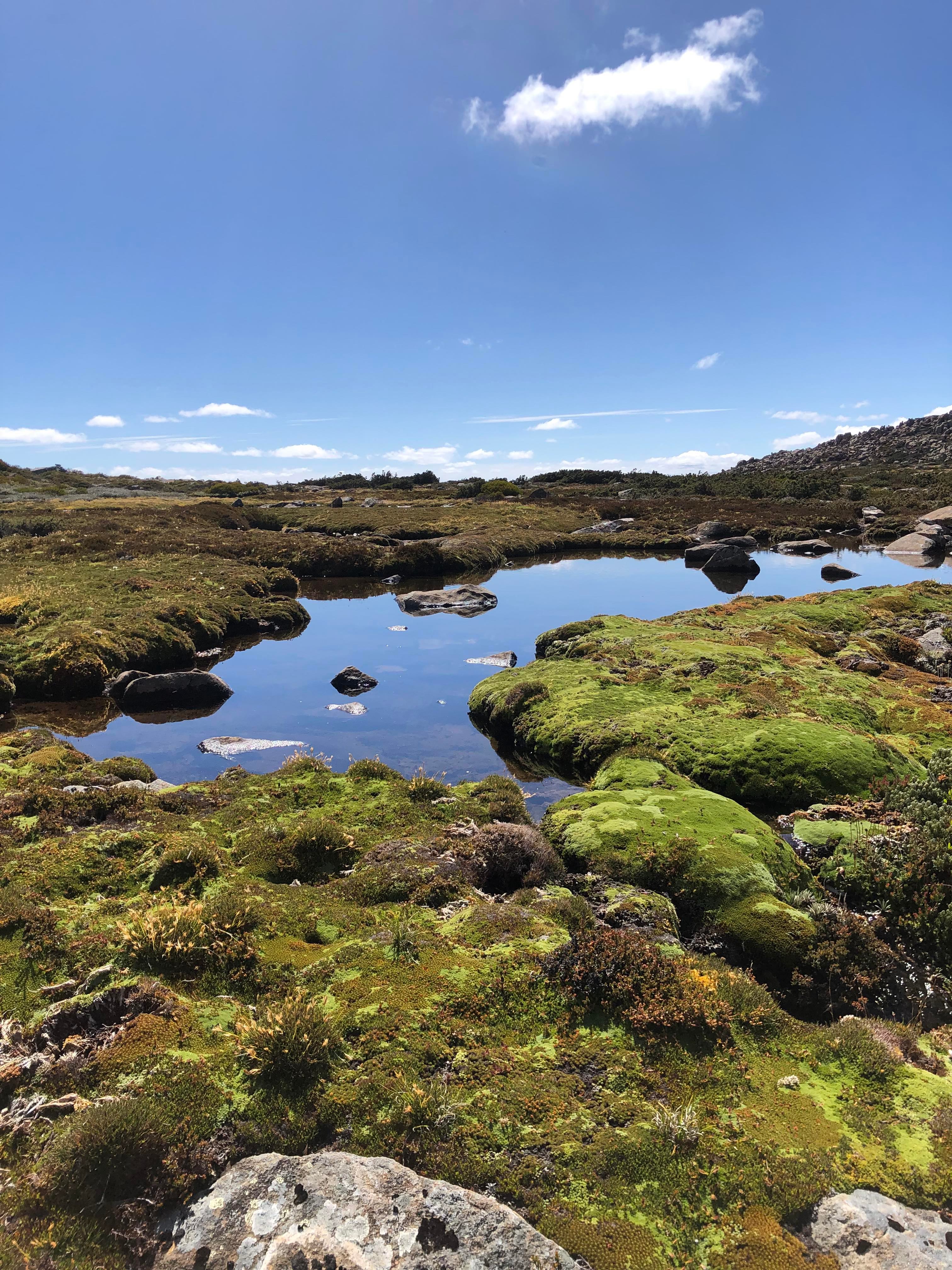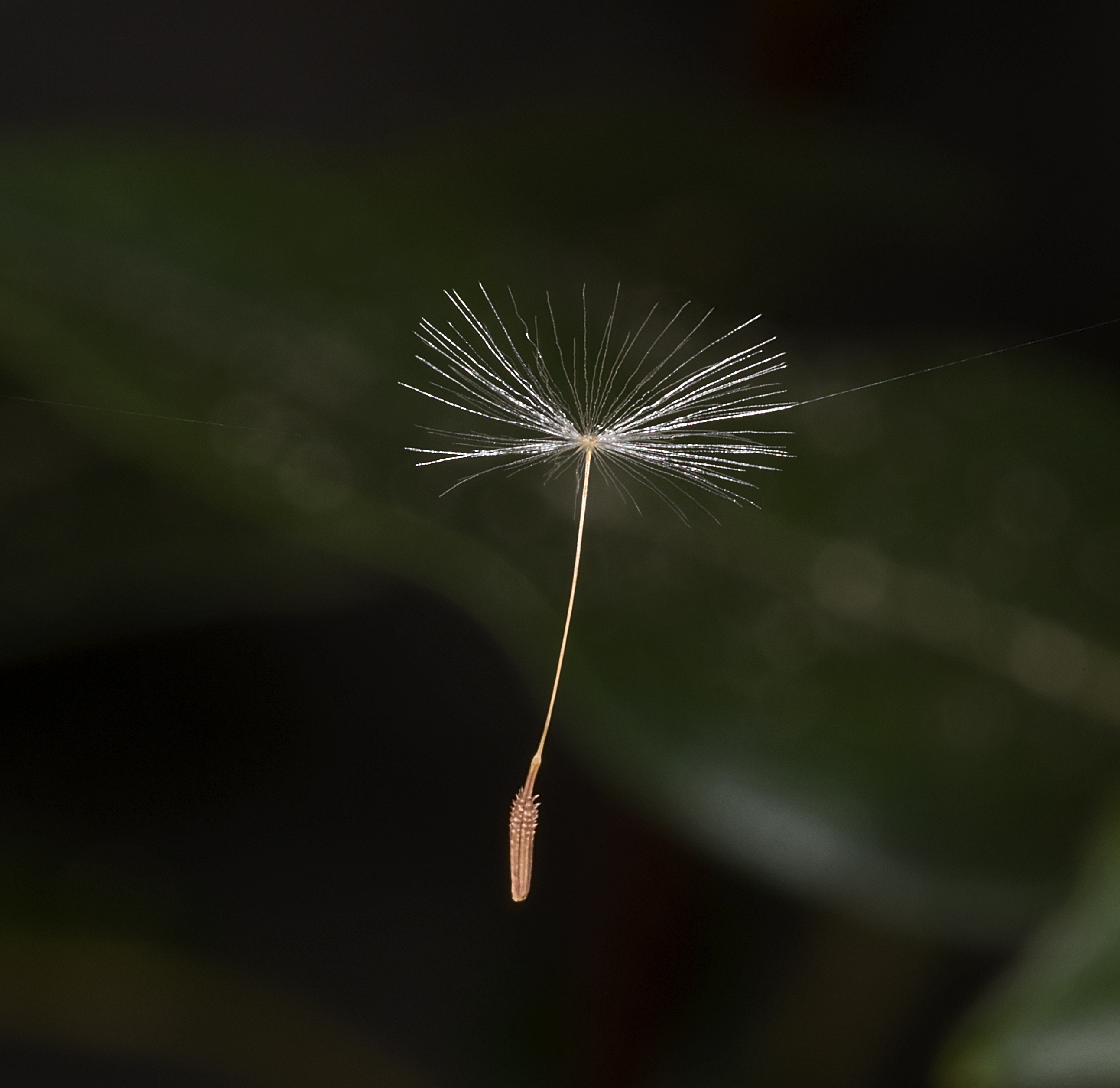|
Abrotanella
''Abrotanella'' is a genus in the family Asteraceae, of 23 species, native to Australia, New Zealand and southern South America. They are usually small plants, sometimes not reaching more than a few millimetres above the ground, although some form cushions in bolster heaths reaching up to a metre in diameter. Taxonomy Genus ''Abrotanella'' is placed in the tribe Senecioneae and is the sole genus in the subtribe Abrotanellinae. The genus was formerly placed in the subtribe Blennospermatinae, but molecular and morphological studies have shown it to be distinct from other genera in that group. Phylogenetic studies have shown that Abrotanella forms a well-supported monophyletic group. It is sister to a clade formed by three other genera: '' Crocidium'', ''Blennosperma'', and '' Ischnea''. Within ''Abrotanella'', '' A. forsteroides'' from Tasmania is sister to all other species in the genus. Evolutionary history The evolutionary history of ''Abrotanella'' has been investig ... [...More Info...] [...Related Items...] OR: [Wikipedia] [Google] [Baidu] |
Abrotanella Forsteroides
''Abrotanella forsteroides'', commonly known as the Tasmanian cushion plant, is an endemic angiosperm of Tasmania, Australia. The plant is a dicot species of the daisy family Asteraceae and can be identified by its bright green and compact cushion like appearance. The term cushion plant refers to a characteristic growth habit adopted by a variety of species and families growing in alpine and subalpine environments. The growth habit is an adaptation to low nutrient areas and typically involves deep tap roots and densely-packed stems, which decay to form a layer of peat under the plants. This dense growth pattern provides insulating properties to the plant, preventing root exposure to sub-zero temperatures, and forms a mat- or cushion-like structure. Description A herbaceous perennial, the plant is low growing, woody, compact and spreads in mat-like manner to 3m in diameter. The large mat is commonly interspersed with other cushion plant species such as '' Dracophyllum mini ... [...More Info...] [...Related Items...] OR: [Wikipedia] [Google] [Baidu] |
Abrotanella Caespitosa
Abrotanella caespitosa is a member of the Asteraceae, daisy family and is an endemism, endemic species of the South Island of New Zealand. Description ''Abrotanella caespitosa'' forms a loose cushion habit (biology), habit with Runners (botany), runners that have distant scale leaves. It has narrower leaves compared to its close relatives and lacks a waxy Epicuticular wax, bloom on its leaves. Distribution and habitat The species is found in the South Island of New Zealand, with recorded populations in Southland Region, Southland (The Remarkables) and Otago (Rock and Pillar Range). It grows in alpine herbfield habitats. Taxonomy and evolution ''Abrotanella caespitosa'' is closely related to ''Abrotanella , A. inconspicua'', ''Abrotanella nivigena, A. nivigena'' (from Australia), and ''Abrotanella patearoa, A. patearoa''. These four species form a well-supported clade and have almost identical DNA sequences, suggesting they diverged within the last 500,000 year ... [...More Info...] [...Related Items...] OR: [Wikipedia] [Google] [Baidu] |
Ischnea
''Ischnea'' is a genus of New Guinean flowering plants in the daisy family. ; Species * '' Ischnea brassii'' H.Rob. & Brettell - Papua New Guinea * '' Ischnea capellana'' Swenson - Papua New Guinea * '' Ischnea elachoglossa'' F.Muell. - Indonesian New Guinea * '' Ischnea keysseri'' Mattf. - New Guinea * '' Ischnea korythoglossa'' Mattf. - New Guinea ; formerly included see ''Lagenocypsela ''Lagenocypsela'' is a genus of New Guinean flowering plants in the family Asteraceae. ; SpeciesLagenocypsela latifolia'' (Mattf.) Swenson & K.Bremer References [...More Info...] [...Related Items...] OR: [Wikipedia] [Google] [Baidu] |
Abrotanella Diemii
''Abrotanella diemii'' is a member of the daisy family and is an endemic species of southern Argentina, (Neuquén Neuquén (; arn, Nehuenken) is the capital city of the Argentine province of Neuquén and of the Confluencia Department, located in the east of the province. It occupies a strip of land west of the confluence of the Limay and Neuquén rive ...). References Flora of Argentina diemii Taxa named by Ángel Lulio Cabrera {{Senecioneae-stub ... [...More Info...] [...Related Items...] OR: [Wikipedia] [Google] [Baidu] |
Crown (botany)
The crown of a plant refers to the total of an individual plant's aboveground parts, including stems, leaves, and reproductive structures. A plant community canopy consists of one or more plant crowns growing in a given area. The crown of a woody plant (tree, shrub, liana) is the branches, leaves, and reproductive structures extending from the trunk or main stems. Shapes of crowns are highly variable. The major types for trees are the excurrent branching habit resulting in conoid shapes and decurrent (deliquescent) branching habit, resulting in round shapes. Crowns are also characterized by their width, depth, surface area, volume, and density. Measurements of crowns are important in quantifying and qualifying plant health, growth stage, and efficiency. Major functions of the crown include light energy assimilation, carbon dioxide absorption and release of oxygen via photosynthesis, energy release by respiration, and movement of water to the atmosphere by transpiration ... [...More Info...] [...Related Items...] OR: [Wikipedia] [Google] [Baidu] |
Alpine Climate
Alpine climate is the typical weather ( climate) for elevations above the tree line, where trees fail to grow due to cold. This climate is also referred to as a mountain climate or highland climate. Definition There are multiple definitions of alpine climate. In the Köppen climate classification, the alpine and mountain climates are part of group ''E'', along with the polar climate, where no month has a mean temperature higher than . According to the Holdridge life zone system, there are two mountain climates which prevent tree growth : a) the alpine climate, which occurs when the mean biotemperature of a location is between . The alpine climate in Holdridge system is roughly equivalent to the warmest tundra climates (ET) in the Köppen system. b) the alvar climate, the coldest mountain climate since the biotemperature is between 0 °C and 1.5 °C (biotemperature can never be below 0 °C). It corresponds more or less to the coldest tundra climates and t ... [...More Info...] [...Related Items...] OR: [Wikipedia] [Google] [Baidu] |
Land Bridge
In biogeography, a land bridge is an isthmus or wider land connection between otherwise separate areas, over which animals and plants are able to cross and colonize new lands. A land bridge can be created by marine regression, in which sea levels fall, exposing shallow, previously submerged sections of continental shelf; or when new land is created by plate tectonics; or occasionally when the sea floor rises due to post-glacial rebound after an ice age. Prominent examples * Adam's Bridge (also known as Rama Setu), connecting India and Sri Lanka * The Bassian Plain, which linked Australia and Tasmania * The Bering Land Bridge (aka Beringia), which intermittently connected Alaska (Northern America) with Siberia (North Asia) as sea levels rose and fell under the effect of ice ages * East Asia’s former unnamed landmass, During the last Ice Age, which ended approximately 15,000 years ago, Japanese Archipelago was connected to the main continent through several land bridg ... [...More Info...] [...Related Items...] OR: [Wikipedia] [Google] [Baidu] |
Gondwana
Gondwana () was a large landmass, often referred to as a supercontinent, that formed during the late Neoproterozoic (about 550 million years ago) and began to break up during the Jurassic period (about 180 million years ago). The final stages of break-up, involving the separation of Antarctica from South America (forming the Drake Passage) and Australia, occurred during the Paleogene. Gondwana was not considered a supercontinent by the earliest definition, since the landmasses of Baltica, Laurentia, and Siberia were separated from it. To differentiate it from the Indian region of the same name (see ), it is also commonly called Gondwanaland. Gondwana was formed by the accretion of several cratons. Eventually, Gondwana became the largest piece of continental crust of the Palaeozoic Era, covering an area of about , about one-fifth of the Earth's surface. During the Carboniferous Period, it merged with Laurasia to form a larger supercontinent called Pangaea. Gondwana ... [...More Info...] [...Related Items...] OR: [Wikipedia] [Google] [Baidu] |
Vicariance
Allopatric speciation () – also referred to as geographic speciation, vicariant speciation, or its earlier name the dumbbell model – is a mode of speciation that occurs when biological populations become geographically isolated from each other to an extent that prevents or interferes with gene flow. Various geographic changes can arise such as the movement of continents, and the formation of mountains, islands, bodies of water, or glaciers. Human activity such as agriculture or developments can also change the distribution of species populations. These factors can substantially alter a region's geography, resulting in the separation of a species population into isolated subpopulations. The vicariant populations then undergo genetic changes as they become subjected to different selective pressures, experience genetic drift, and accumulate different mutations in the separated populations' gene pools. The barriers prevent the exchange of genetic information between ... [...More Info...] [...Related Items...] OR: [Wikipedia] [Google] [Baidu] |
Long-distance Dispersal
Biological dispersal refers to both the movement of individuals (animals, plants, fungi, bacteria, etc.) from their birth site to their breeding site ('natal dispersal'), as well as the movement from one breeding site to another ('breeding dispersal'). Dispersal is also used to describe the movement of propagules such as seeds and spores. Technically, dispersal is defined as any movement that has the potential to lead to gene flow. The act of dispersal involves three phases: departure, transfer, settlement and there are different fitness costs and benefits associated with each of these phases. Through simply moving from one habitat patch to another, the dispersal of an individual has consequences not only for individual fitness, but also for population dynamics, population genetics, and species distribution. Understanding dispersal and the consequences both for evolutionary strategies at a species level, and for processes at an ecosystem level, requires understanding on the ty ... [...More Info...] [...Related Items...] OR: [Wikipedia] [Google] [Baidu] |
Biogeography
Biogeography is the study of the distribution of species and ecosystems in geographic space and through geological time. Organisms and biological communities often vary in a regular fashion along geographic gradients of latitude, elevation, isolation and habitat area.Brown University, "Biogeography." Accessed February 24, 2014. . Phytogeography is the branch of biogeography that studies the distribution of plants. Zoogeography is the branch that studies distribution of animals. Mycogeography is the branch that studies distribution of fungi, such as mushrooms. Knowledge of spatial variation in the numbers and types of organisms is as vital to us today as it was to our early human ancestors, as we adapt to heterogeneous but geographically predictable environments. Biogeography is an integrative field of inquiry that unites concepts and information from ecology, evolutionary biology, taxonomy, geology, physical geography, palaeontology, and climatology.Dansereau, ... [...More Info...] [...Related Items...] OR: [Wikipedia] [Google] [Baidu] |
Lineage (evolution)
An evolutionary lineage is a temporal series of populations, organisms, cells, or genes connected by a continuous line of descent from ancestor to descendant.The Oxford English Dictionary defines biological lineage as "a sequence of species each of which is considered to have evolved from its predecessorOED definition of lineage/ref> Lineages are subsets of the evolutionary tree of life. Lineages are often determined by the techniques of molecular systematics. Phylogenetic representation of lineages 299x299px, A rooted tree of life into three ancient monophyletic lineages: archaea.html" ;"title="bacteria, archaea">bacteria, archaea, and eukaryotes based on rRNA genes Lineages are typically visualized as subsets of a phylogenetic tree. A lineage is a single line of descent or linear chain within the tree, while a clade is a (usually branched) monophyletic group, containing a single ancestor and all its descendants. Phylogenetic trees are typically created from DNA, RNA or prot ... [...More Info...] [...Related Items...] OR: [Wikipedia] [Google] [Baidu] |



